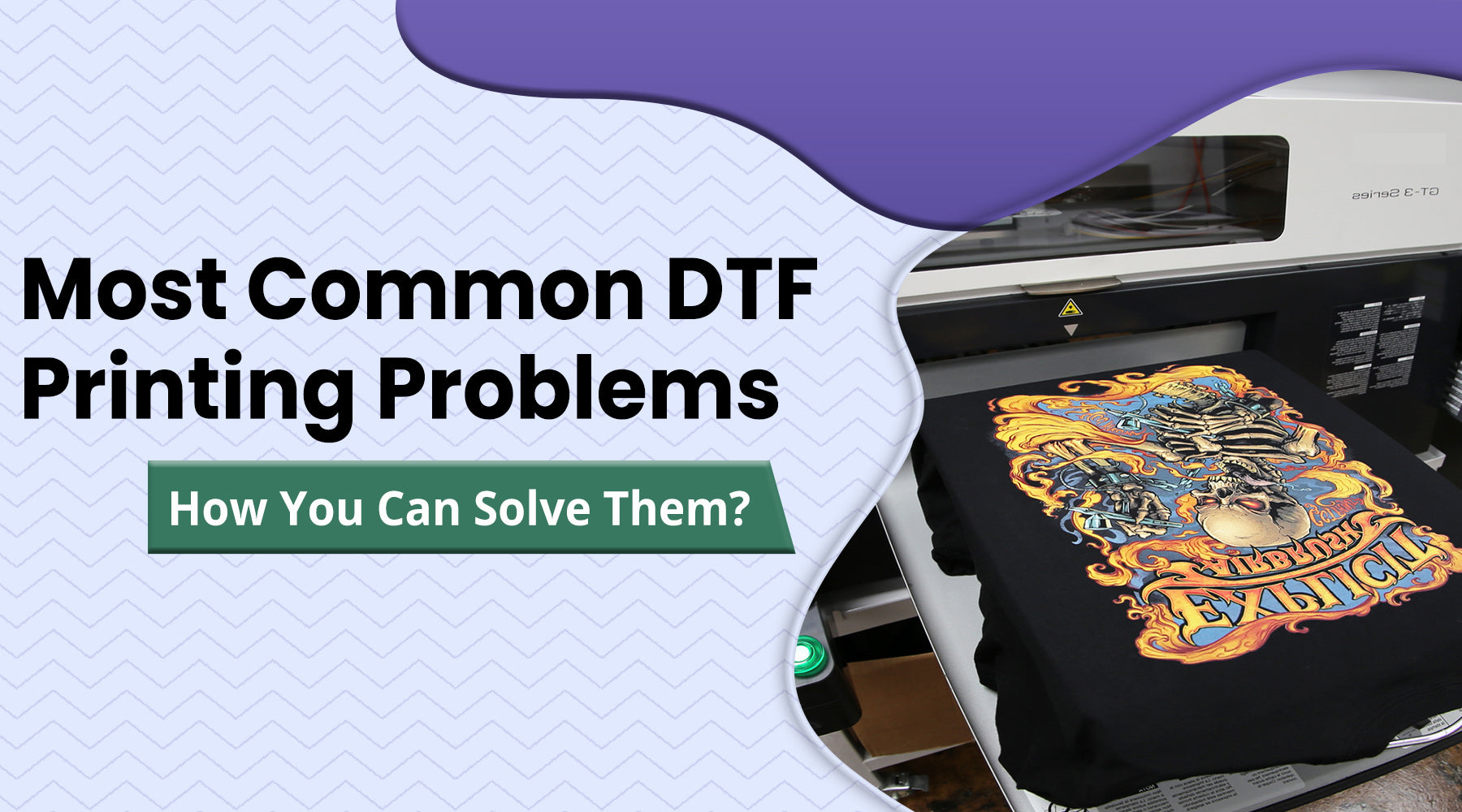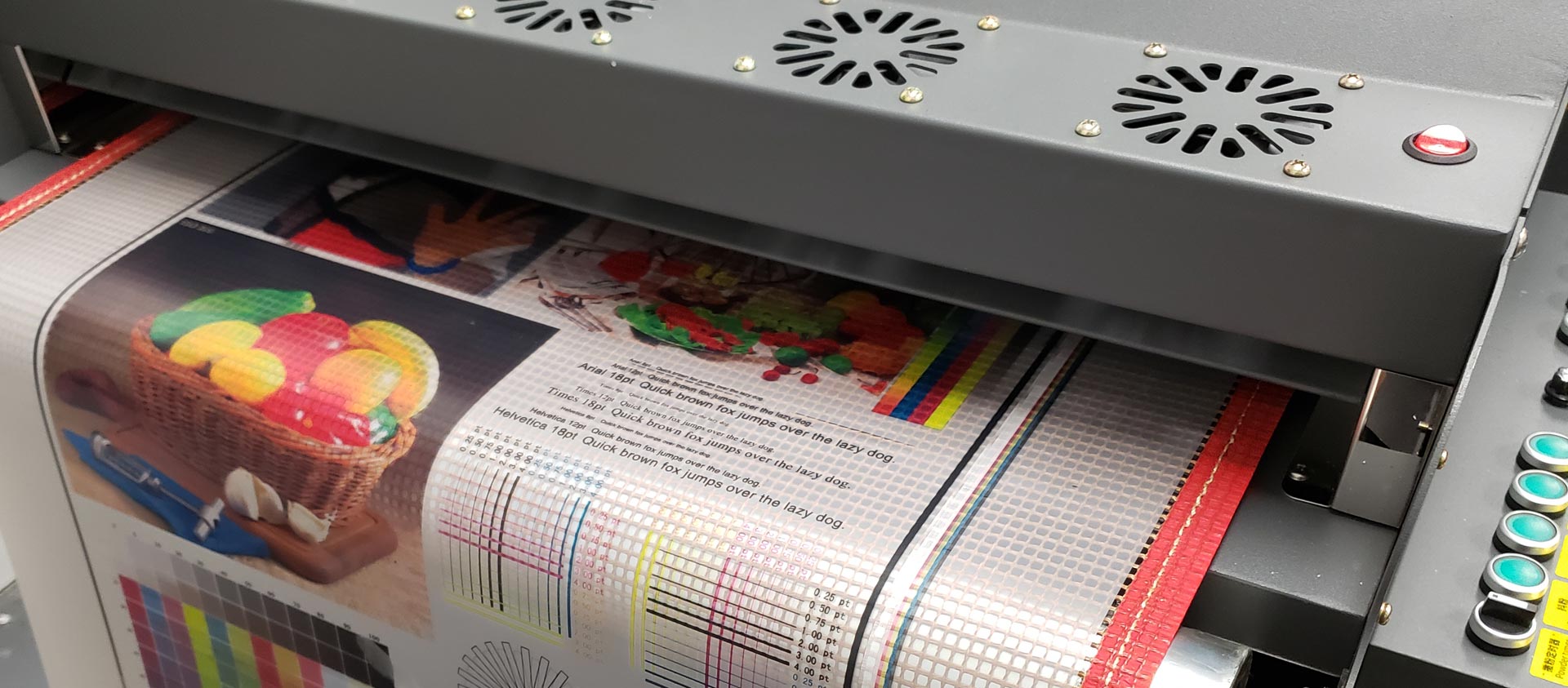Past Basics: DTF Printing Techniques for Exceptional Textile Creations
Past Basics: DTF Printing Techniques for Exceptional Textile Creations
Blog Article
The Future of Style: Checking Out DTF Printing Modern Technology in the Textile Sector
Amongst these advancements, Direct to Movie (DTF) printing modern technology has actually arised as a promising challenger, offering one-of-a-kind capabilities and possibilities for developers and makers alike. This innovative printing technique has triggered interest due to its possible to reinvent traditional fabric printing processes.
Development of Fabric Printing
From the old worlds using strategies like block printing to the electronic revolution of today, fabric printing has actually constantly pushed borders. As the craft spread to other components of the world, new approaches such as screen printing and roller printing arised throughout the Industrial Revolution, changing the fabric industry.
The introduction of electronic textile printing in the late 20th century marked a substantial shift in the direction of even more versatile and lasting printing techniques. The development of fabric printing showcases a rich history of creative thinking, resourcefulness, and technological development in the world of style and layout.
Advantages of DTF Technology
With the development of fabric printing strategies from old methods like block printing to modern advancements such as electronic printing, the intro of Direct-to-Fabric (DTF) modern technology has actually considerably improved the effectiveness and sustainability of fabric printing procedures. Among the key advantages of DTF modern technology is its ability to directly print designs onto fabric without the need for transfer papers, which decreases waste and simplifies the manufacturing procedure. In addition, DTF printing permits for better shade vibrancy and information accuracy contrasted to standard techniques, allowing fabric makers to produce top notch and elaborate designs effortlessly.
Furthermore, DTF technology is understood for its flexibility, as it can be utilized on different kinds of materials, including natural fibers like wool, cotton, and silk, in addition to synthetic materials such as polyester and nylon (DTF Printing). This adaptability opens a large range of opportunities for producers and designers to trying out various structures and materials, bring about even more innovative and unique products in the apparel industry. Overall, the execution of DTF innovation represents a substantial development in fabric printing, using various benefits that add to the future sustainability and creativity of the market
Sustainability in Fashion Manufacturing
Highlighting environmentally friendly practices is extremely important in contemporary style production, straightening with the growing customer demand for lasting items. Over the last few years, the garment industry has actually dealt with increasing examination as a result of its significant ecological impact, including too much water usage, chemical contamination, and fabric waste. As a reaction, several fashion brands are currently incorporating DTF Printing sustainable techniques into their production procedures to minimize injury to the environment.
Sustainability in fashion manufacturing encompasses different facets, such as using organic and recycled products, decreasing power intake, executing honest labor techniques, and promoting transparency throughout the supply chain. Furthermore, advancements in innovation, like DTF printing, deal possibilities to further improve sustainability in fabric production. This technology allows specific printing on textiles, reducing ink waste and water use contrasted to traditional printing methods.
Style Liberty and Customization

Moreover, DTF printing assists in customization on a range formerly unattainable, allowing for customized clothing and special items tailored to private click site choices. In general, DTF printing modern technology revolutionizes the style landscape in the fabric industry, using countless possibilities for innovative expression and personalized fashion.
Effect on Supply Chain & Market Trends
DTF printing innovation in the textile industry is reshaping supply chain characteristics and affecting market fads via its performance and personalization abilities. By allowing on-demand printing and getting rid of the requirement for large supplies, DTF modern technology enhances the supply chain process.
Furthermore, the customization possibility of DTF printing modern technology is changing the marketplace trends in the textile sector. Customers progressively look for customized and distinct products, and DTF permits brands to provide custom layouts cost-effectively. This personalization capability not just improves client fulfillment however also opens new opportunities for organizations to satisfy niche markets and separate themselves from competitors. As a result, DTF modern technology is driving a change towards even more customer-centric and innovative methods within the fabric market, shaping the future of style.

Final Thought
In verdict, DTF printing technology is reinventing the fabric industry by visit site using countless benefits such as style sustainability, modification, and liberty. This innovative technology is reshaping the future of fashion manufacturing, influencing supply chains, and driving market fads in the direction of more eco-friendly and efficient practices. As the market continues to progress, DTF printing will certainly play a crucial role in shaping the way textiles are produced and consumed in the years to come.
From the ancient civilizations using techniques like block printing to the digital revolution of today, textile printing has consistently pushed boundaries. As the craft spread to various other components of the world, new techniques such as display printing and roller printing emerged throughout the Industrial Change, changing the fabric market.
The introduction of digital fabric printing in the late 20th century noted a considerable shift towards even more lasting and flexible printing approaches.With the advancement of textile printing techniques from old approaches like block printing to contemporary developments such as digital printing, the intro of Direct-to-Fabric (DTF) innovation has significantly boosted the effectiveness and sustainability of textile printing procedures (DTF Printing).In action to the crucial shift in the direction of sustainability in style production, the fostering of ingenious technologies like DTF printing not just addresses environmental problems however also opens up methods for exceptional design liberty and customization in the fabric market
Report this page